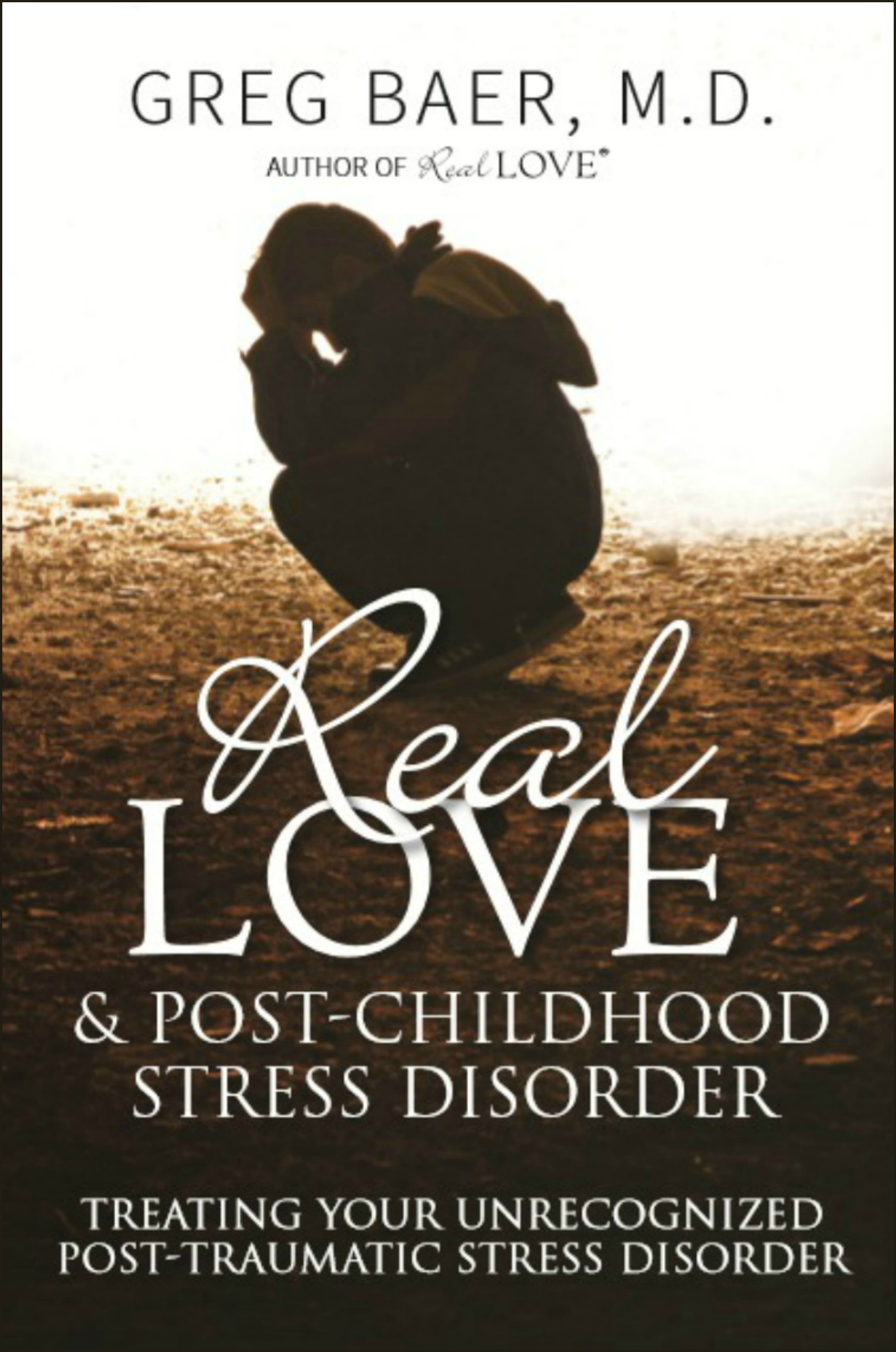If you strike the ligament immediately below the knee cap, the quadriceps muscle of the upper leg is slightly stretched, sending a sensory—or input—signal to a motor nerve in the spinal cord, which then signals the quadriceps to contract, causing the foot to move forward. Only two nerves are involved—sensory and motor—skipping the brain, so the reflex is very fast and also involuntary. In short, we don’t think about it; it’s just an automatic reaction.
Physically, involuntary reactions are usually beneficial, enabling us to avoid injury and to make quick adjustments in our posture and movements. Regrettably, however, most of us live almost our entire lives emotionally reacting as though our brain were not involved—a series of emotional knee-jerks.
From childhood we were taught a certain view of the world—almost always distorted—and we learned how to react to that view. For the rest of our lives we have automatically reacted to that lifelong view, rarely thinking about it—in most cases quite unaware of it.
Let’s imagine, for example, that someone is unkind to us, and we have been conditioned by a lifetime of experience that unkindness is always painful. We then immediately feel pain and automatically do whatever it takes to reduce or eliminate that pain—by lying, or attacking, or running. Our brain is minimally involved—like a knee-jerk—which means we don’t really make conscious choices. We just react mindlessly, like animals behaving according to instinct.
Our involuntary reactions, unfortunately, are rarely emotionally productive. They simply reduce our pain for a short time, while the cause of the pain remains. We are caught in a cycle of knee-jerk reactions that neither eliminate our pain nor give us happiness.
We can learn to do better than this. We can engage our minds and hearts in a way that rises above mere reactions.


